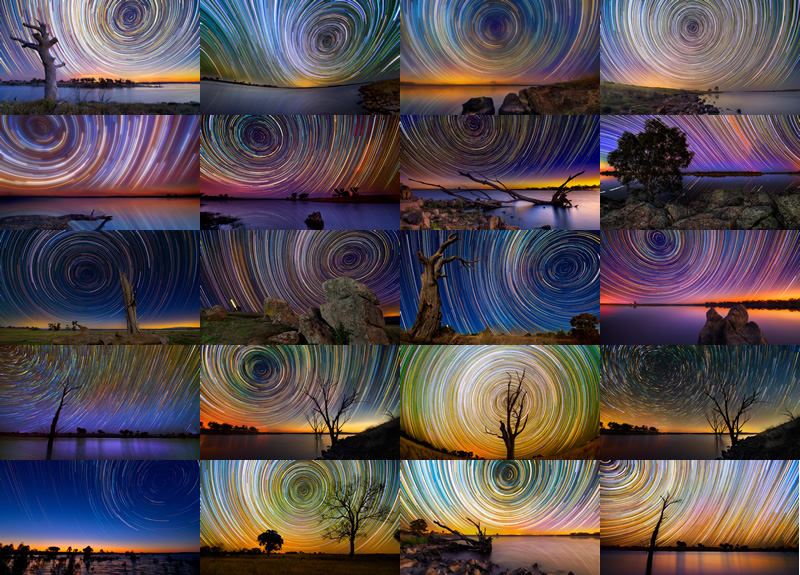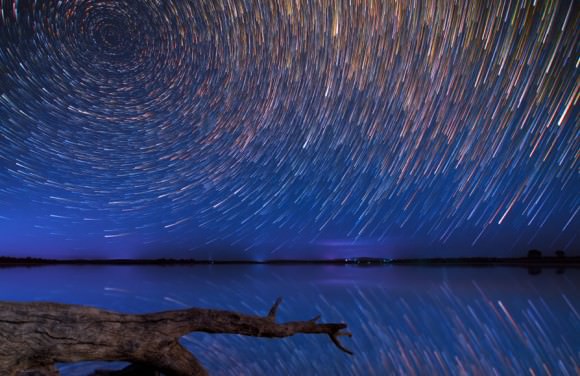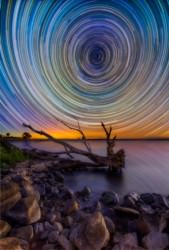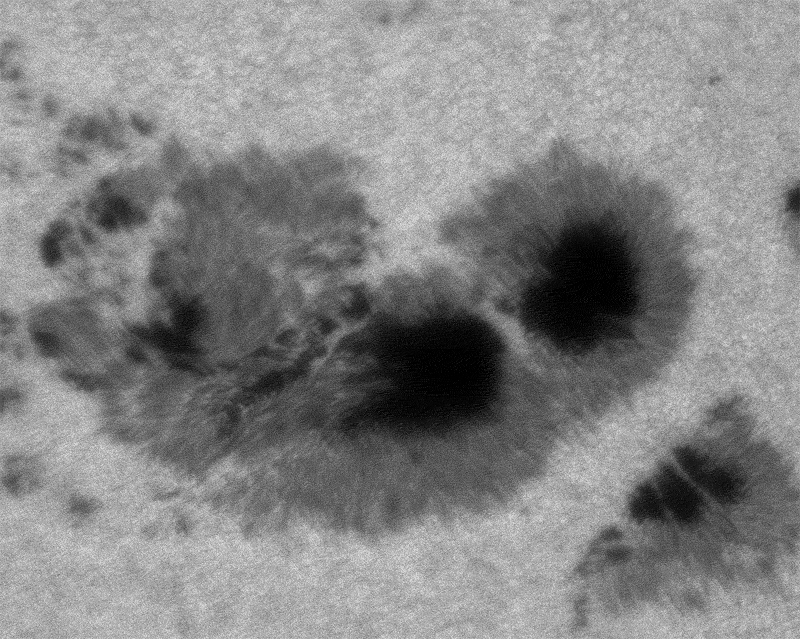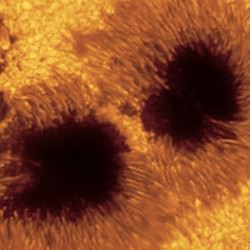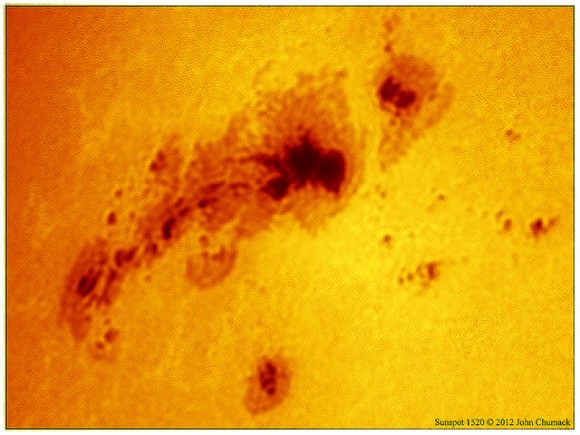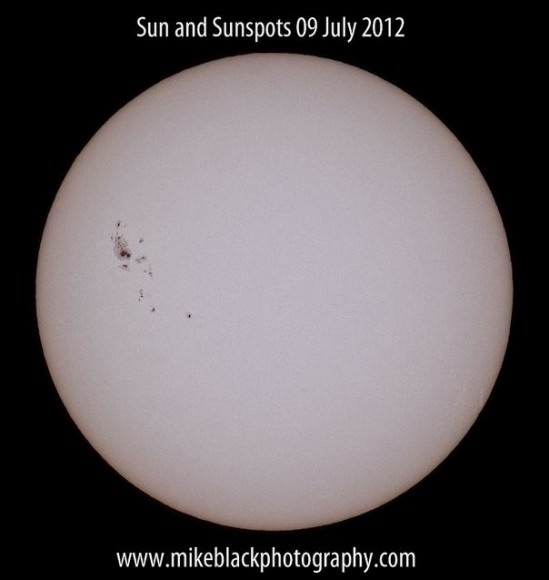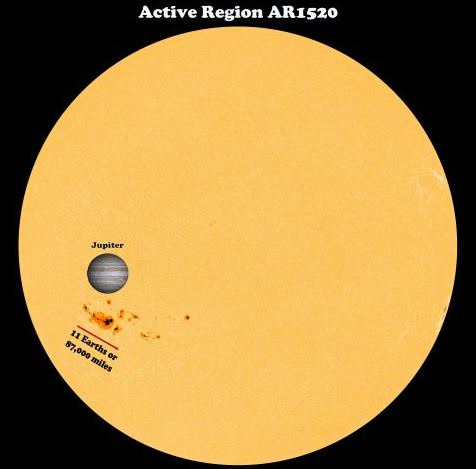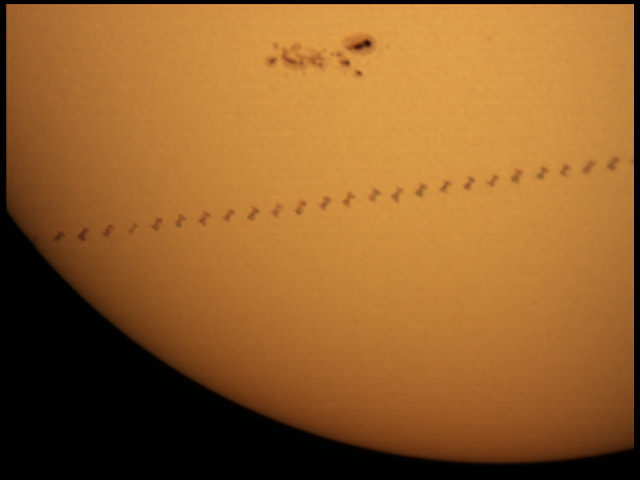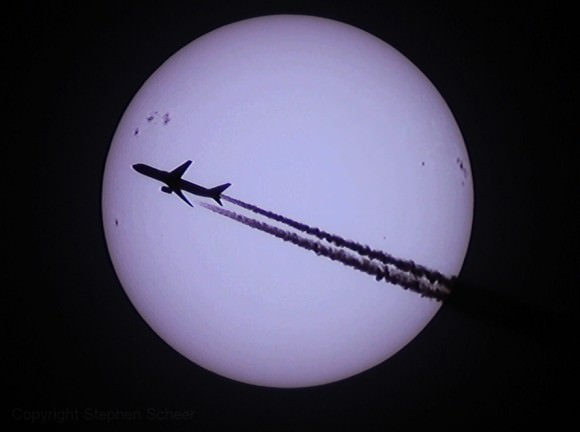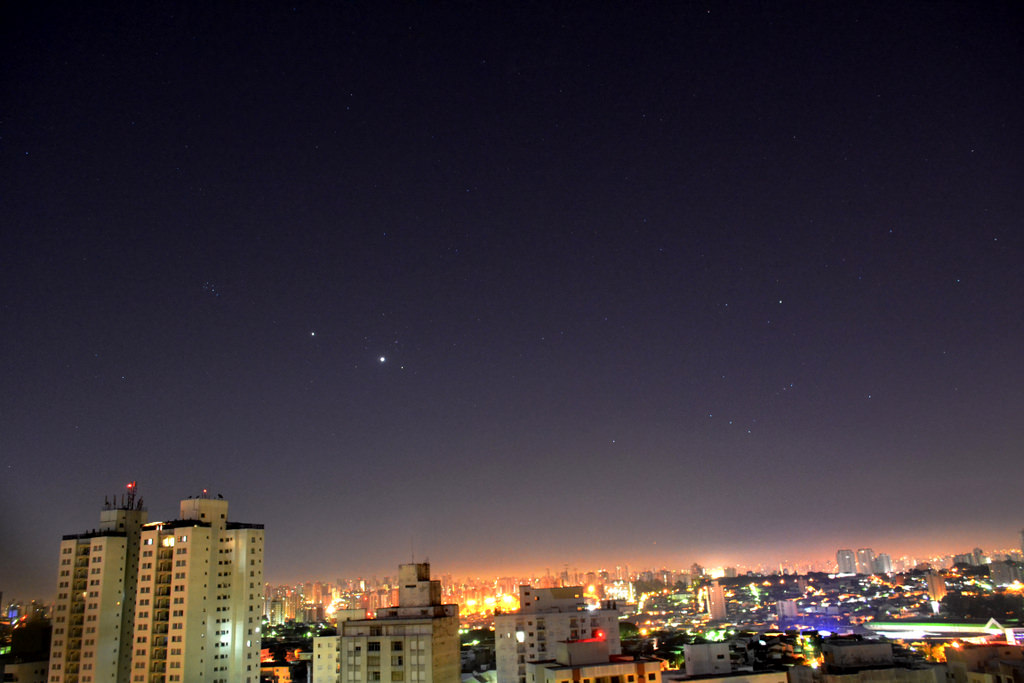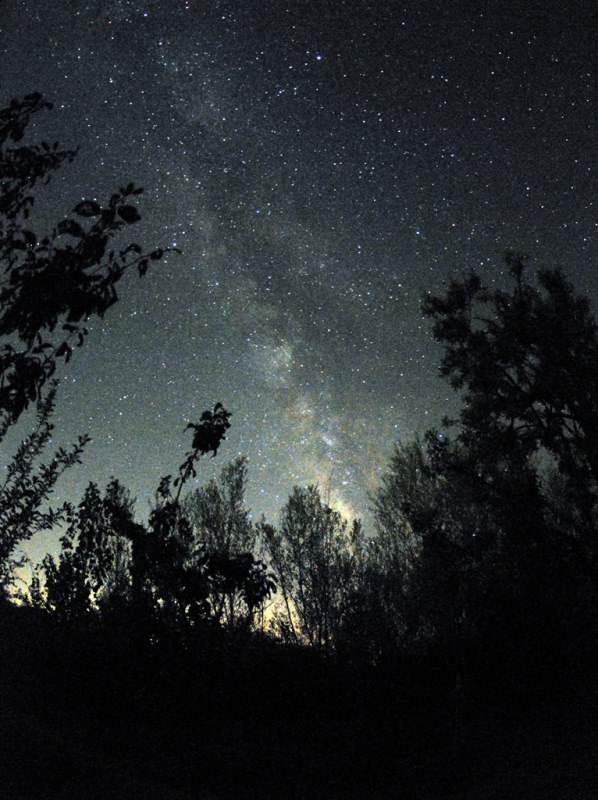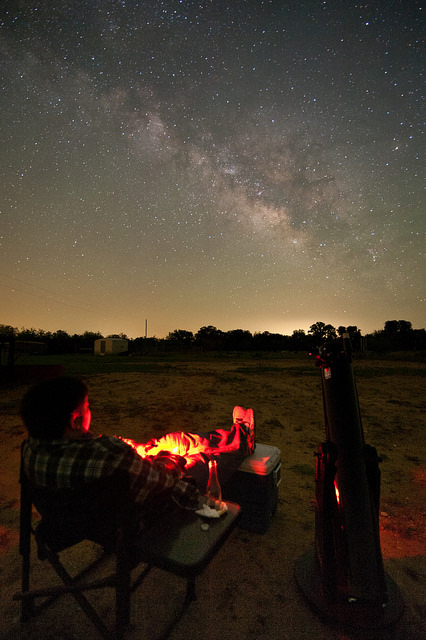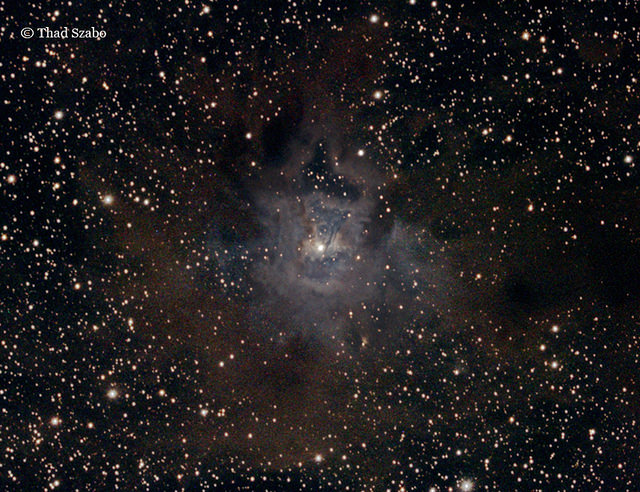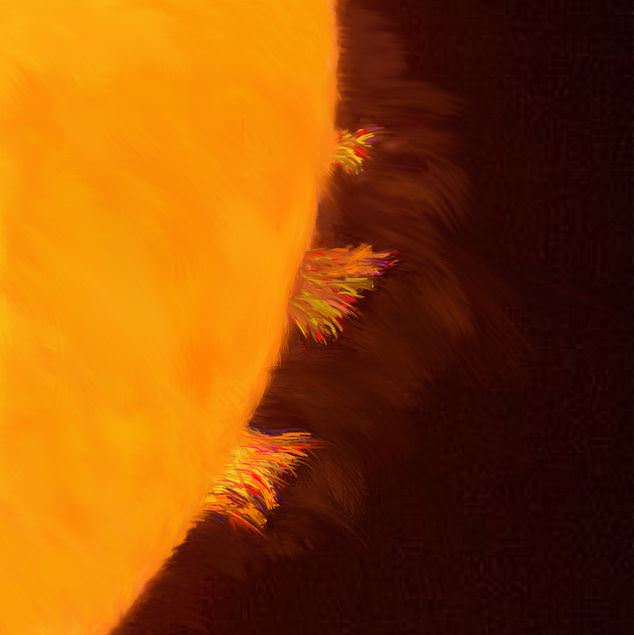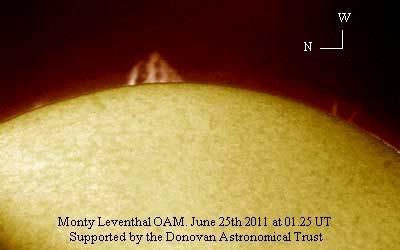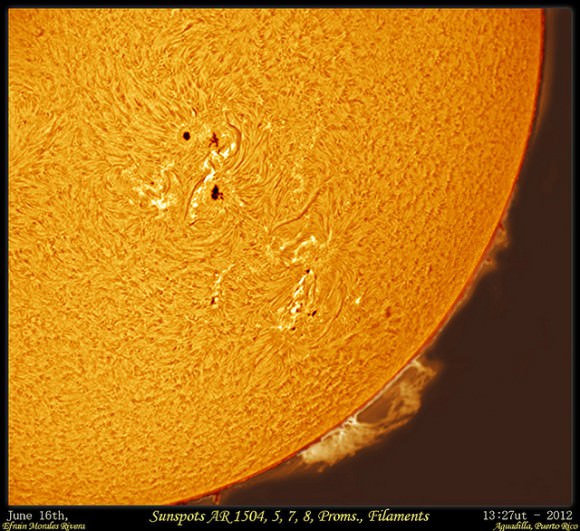[Spoiler] I guarantee that these spectacular swirls of color will have you wasting a good chunk of your Friday. But well worth it.
Victoria, Australia-based photographer Lincoln Harrison has been taking pictures for just two years. Harrison says his images are created by taking one shot during twilight and then up to 500 shots in complete darkness throughout the night. Harrison says most of his pictures are of star trails and landscapes usually around Lake Eppalock in Victoria, Australia.
“Locations are chosen in pretty much the same way as I would choose landscape locations,” says Harrison. “I just drive or walk around until I see something that looks good.”
After Harrison returns from his night shoot, he processes the image in Adobe Photoshop, stacking the images using the lighten and blend modes, to create his spectacular images. He then adds the twilight image, sometimes shot using HDR (High Dynamic Range) and a combination of layer masks.
His favorite? At the moment Wormhole. You can see more of his incredible images at his website or at 500px.com
We’d like to see your star trails. Send us your photos or post it on our Flickr page.
Image Caption: Resembling Vincent van Gogh’s The Starry Night, a collage of star trails photos from Lincoln Harrison.
Image Caption: 256 by Lincoln Harrison
Image Caption: Lincoln Harrison’s Wormhole.

